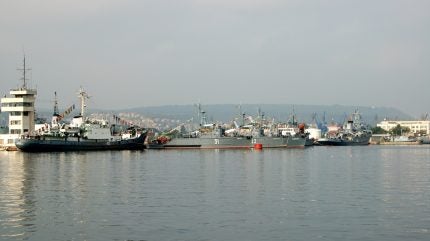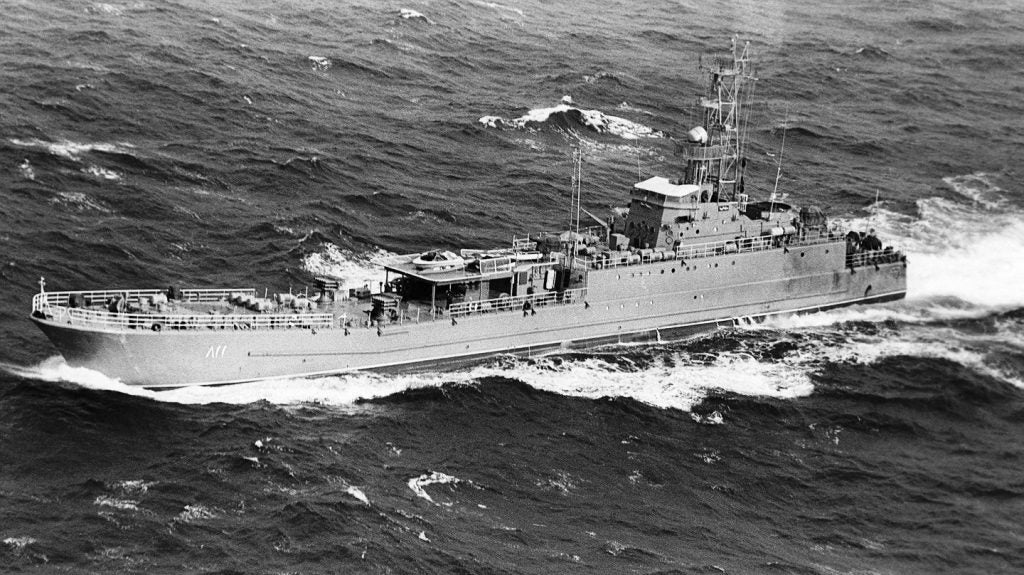
Bulgaria will convert one of its small naval transport vessels into a dual-use minelayer for use by the Bulgarian Navy in a programme budgeted to cost around lv3.3m ($1.8m) in a bid to “restore and develop minelaying capabilities”, according to a European Union (EU) tender notice.
Details of the EU tender notice stated that the vessel would be “reconstructed” into the new role, while also “preserving its existing functional purpose”, indicating the vessel is intended to have dual-role capabilities once work is completed.
The vessel being converted to a transport-minelayer was listed as the Antares, which could be a former Polish Project 770Е Polnocny-class tank landing vessel operated by the Bulgarian Navy. GlobalData intelligence indicates that the Bulgarian Navy operates several auxiliary vessels of uncertain origin, with many hulls dating from the Soviet era.
The programme of work is due to begin in April 2024 and conclude by the end of this year. According to the EU notice, Terem-KRZ Naval Arsenal was contracted to perform the conversion.

Varna-based Terem-KRZ Naval Arsenal carries out a range of ship repair work in both the military and commercial sectors, according to information available on the company site. The company performs ship conversion and building work, with “complex repair” of military vessels including hull restoration, radar station upgrades, and armament repairs, as well as work in other areas such as hydroacoustics.
The Bulgarian Navy has a total of 51 surface vessels and naval combatants, with over 61% of its fleet being more than 30 years old, according to GlobalData intelligence.
At the time of publishing, the Bulgarian Ministry of Defence had not responded to requests for comments on the planned restoration of minelaying capability for the Bulgarian Navy.
A consequence of Russia’s invasion of Ukraine was an increase in minelaying by Russia in the Black Sea, with Nato forces having reported the sighting of floating sea mines as Moscow sought to blockade Ukrainian ports. Situated on the western Black Sea coast, Nato members Bulgaria and Romania have reportedly had to neutralise mines, likely placed by either Russia or Ukraine.
Bulgarian defence spending increasing after years of decline
According to GlobalData forecasts, Bulgaria’s defence spending, like most other European nations, is set to increase substantially compared to recent years as a result of Russia’s invasion of Ukraine in February 2022, and the political fallout leading to a shifting security landscape on the continent.
The country’s defence spending is recovering after a sharp decline, with the defence budget from 2019-2023 amounting to $7.1bn, or a negative compound annual growth (CAGR) rate of 9.2%.
However, forecasts show that in the 2024-2028 period, the total spend is expected to accumulate to $10.9bn, or a CAGR of 5.4%, with the single highest annual spend forecast to come at the end of this period at $2.5bn in 2028.






